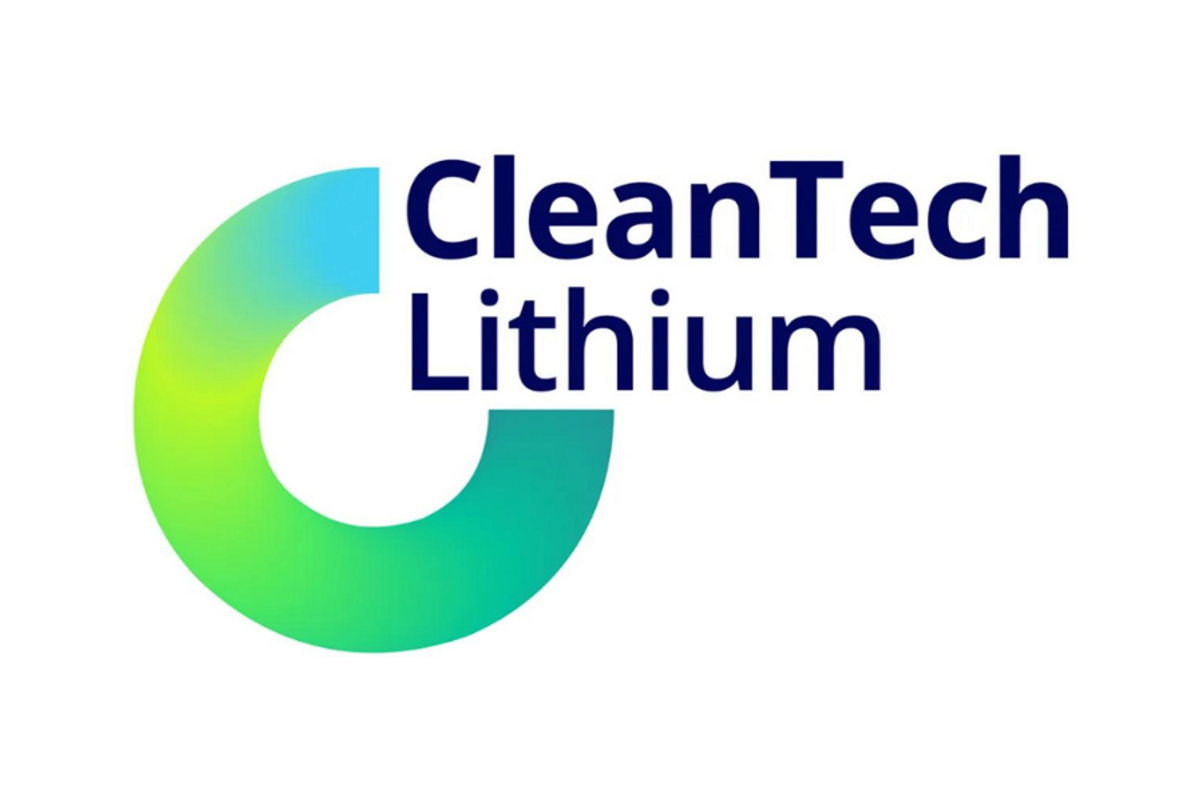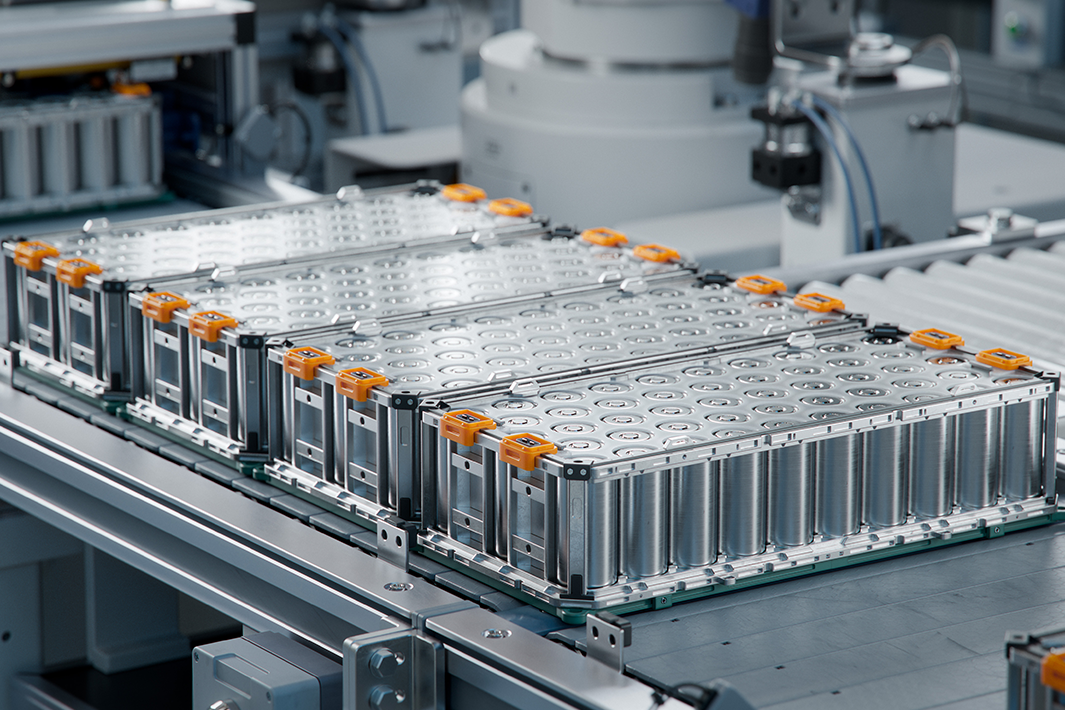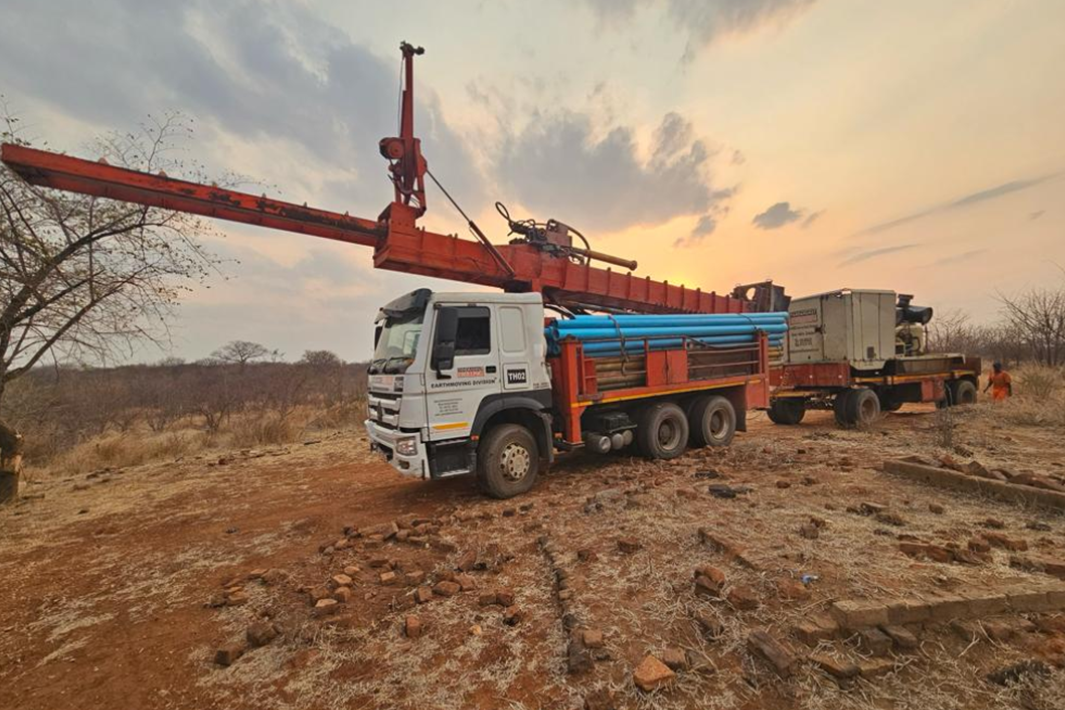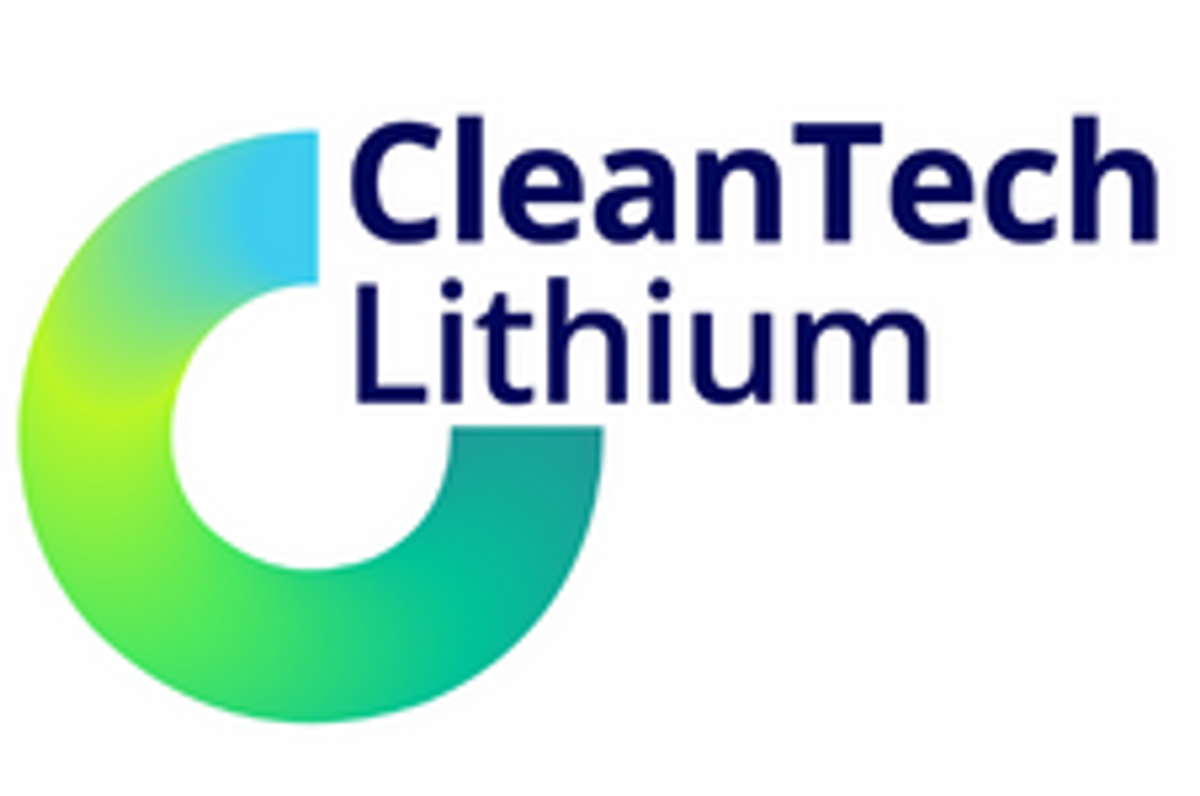
March 27, 2023
CleanTech Lithium (AIM:CTL,FWB:T2N,OTC:CTLHF)) envisions being the greenest lithium supplier to the electric vehicle (EV) market by using direct lithium extraction (DLE) - a low-impact, low-carbon and low-water method of extracting lithium from brine – powered by renewable energy sources. The company has three large lithium assets with an estimated two million tonnes of lithium carbonate equivalent (LCE) in Chile’s Lithium Triangle, a world-renowned mining-friendly jurisdiction.
The company’s assets are all located in Chile and amenable to eco-friendly development. Laguna Verde, CleanTech’s flagship asset, is poised for near-term green lithium production by the end of 2025 with a resource estimate of 1.5 million tonnes of LCE. The company’s second flagship asset is Francisco Basin, approximately 100 km south of Laguna Verde. JORC-compliant inferred resource estimated 0.5 million tonnes of LCE. Both projects are 4,200+ meters above sea level, meaning there is minimal risk to biodiversity and impact on local communities. The company's third asset is the Llamara Project, a green-fields project located in the Antofagasta region and is around 600 km north of Laguna Verde and Francisco Basin. The area totalling 344 square kilometers located in the Pampa del Tamarugal basin, which is one of the largest basins in the lithium triangle.
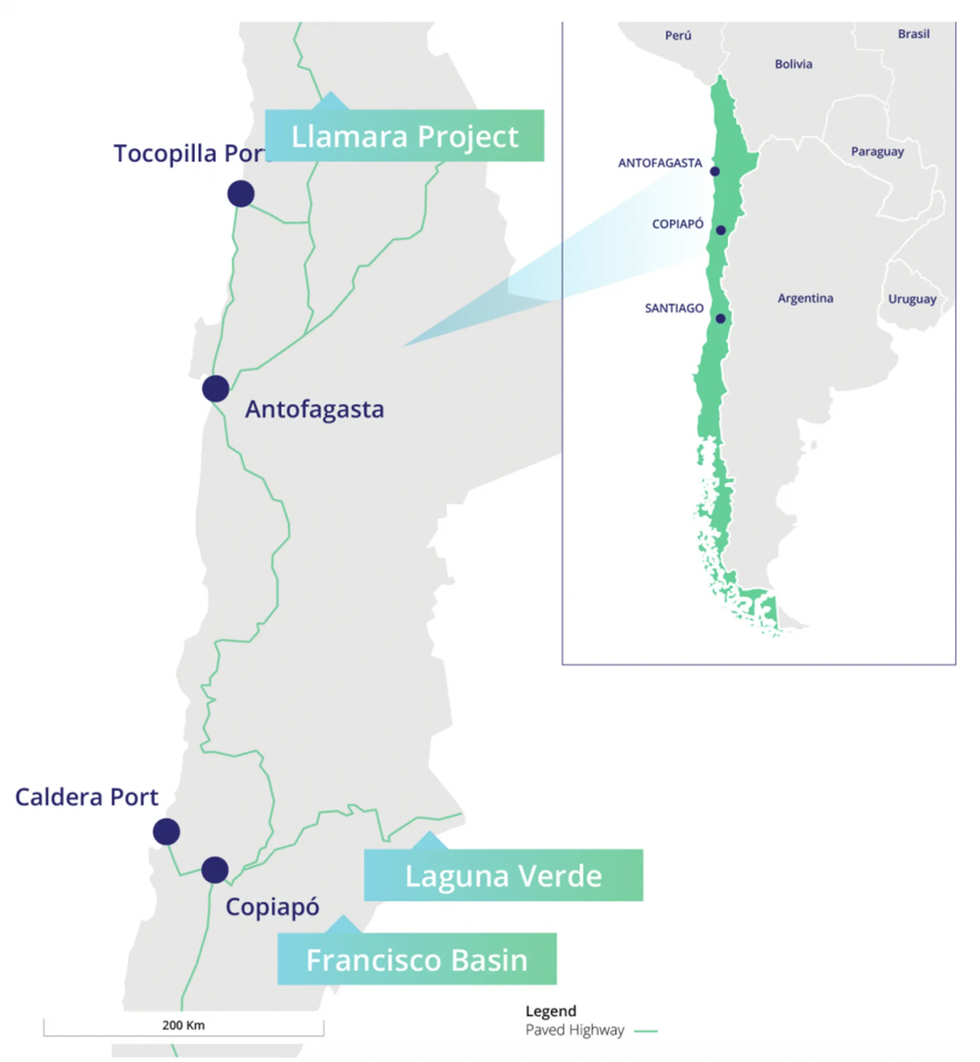
CleanTech Lithium is committed to an ESG-led approach and supporting its downstream partners by producing the greenest lithium to the market. As a result, the company will use renewable energy and the eco-friendly direct lithium extraction (DLE) process throughout its projects. DLE is widely considered the best option for lithium brine extraction that makes the least environmental impact. No evaporation ponds, no carbon intensive processes and reduced levels of water consumption. In recognition, Chile’s government plans to prioritize DLE for all new lithium projects.
Company Highlights
- CleanTech Lithium is an exploration and development company with three notable lithium projects in Chile, totaling >500km2 licensed areas and lithium resources exceeding 2 million tonnes LCE
- The company aims to become the greenest lithium supplier to the EV market by adopting environmental and social sound practices throughout its assets and culture.
- Chile is quickly becoming a global leader in clean energy, which enables the company to take advantage of the existing renewable power throughout its operations
- The company will use DLE, a proven* method for extracting lithium brine that minimizes environmental impact and reduces production time, resulting in high quality battery grade lithium
- CleanTech Lithium’s flagship projects Laguna Verde and Francisco Basin are located nearby reliable renewable power sources and transport infrastructure that can support the scalability of each project.
- The company’s third highly prospective asset, Llamara, is undergoing exploration and represents blue-sky opportunities for additional lithium discoveries.
- This is being led by an experienced management team with the right blend of expertise leads the company towards its goals of supplying the growing EV market with eco-friendly lithium,
- Underpinned by an established ESG-led approach - a critical priority for governments introducing regulations that require a cleaner supply chain to reach net-zero targets.
- DLE plants operating successfully in Argentina and China
This CleanTech Lithium profile is part of a paid investor education campaign.*
CTL:HF

Sign up to get your FREE
CleanTech Lithium Investor Kit
and hear about exciting investment opportunities.
- Corporate info
- Insights
- Growth strategies
- Upcoming projects
GET YOUR FREE INVESTOR KIT
The Conversation (0)
10 November
CleanTech Lithium
Premium lithium projects located in established mining districts to meet battery and EV demand
Premium lithium projects located in established mining districts to meet battery and EV demand Keep Reading...
11 December
Mining the Gap: 5 Forces Shaping North America’s Lithium Supply Chain
A convergence of industry investments, government initiatives and a shifting global trade dynamic is creating an environment ripe for the development of a North American battery supply chain, with lithium playing a leading role. These trends are reshaping the region’s industrial base and opening... Keep Reading...
10 December
Rock Bottom: Strategic Window for Ground-level Lithium Investment
When lithium prices hit bottom, savvy investors know that’s exactly where the next big discovery begins — literally. Beneath the surface of global markets and remote exploration grounds, new opportunities are forming in the wake of a sharp price reset and renewed geopolitical urgency.Recent... Keep Reading...
10 December
Liontown Resources Pens Lithium Offtake Agreement with China's Canmax
Liontown Resources (ASX:LTR,OTC Pink:LINRF) has executed a binding offtake agreement with Chinese conglomerate Canmax Technologies (SZSE:300390) as part of its strategy to diversify its customer base.“Listed on the Shenzhen Stock Exchange, Canmax is one of the world’s leading manufacturers of... Keep Reading...
08 December
Trading Halt
Jindalee Lithium (JLL:AU) has announced Trading HaltDownload the PDF here. Keep Reading...
05 December
Livium Receives A$663k in RsD Tax Incentive Rebates for VSPC
Livium Ltd (ASX: LIT) (“Livium” or the “Company”) advises that it has received A$663,000 in research and development ("R&D") tax incentive rebates from the Australian Tax Office for the 2025 financial year ("FY25"), relating to its wholly owned subsidiary VSPC Pty Limited ("VSPC"). The rebate... Keep Reading...
01 December
Why SQM Says Social Dialogue is Key to Sustainable Lithium
As scrutiny continues to intensify across the battery metals supply chain, the conversation around sustainability has moved far beyond carbon footprints. At this year’s Benchmark Week, Stefan Debruyne, director of external affairs at Sociedad Quimica y Minera de Chile (SQM) (NYSE:SQM), made that... Keep Reading...
Latest News

Sign up to get your FREE
CleanTech Lithium Investor Kit
and hear about exciting investment opportunities.
- Corporate info
- Insights
- Growth strategies
- Upcoming projects
GET YOUR FREE INVESTOR KIT
Latest Press Releases
Related News
TOP STOCKS
American Battery4.030.24
Aion Therapeutic0.10-0.01
Cybin Corp2.140.00
